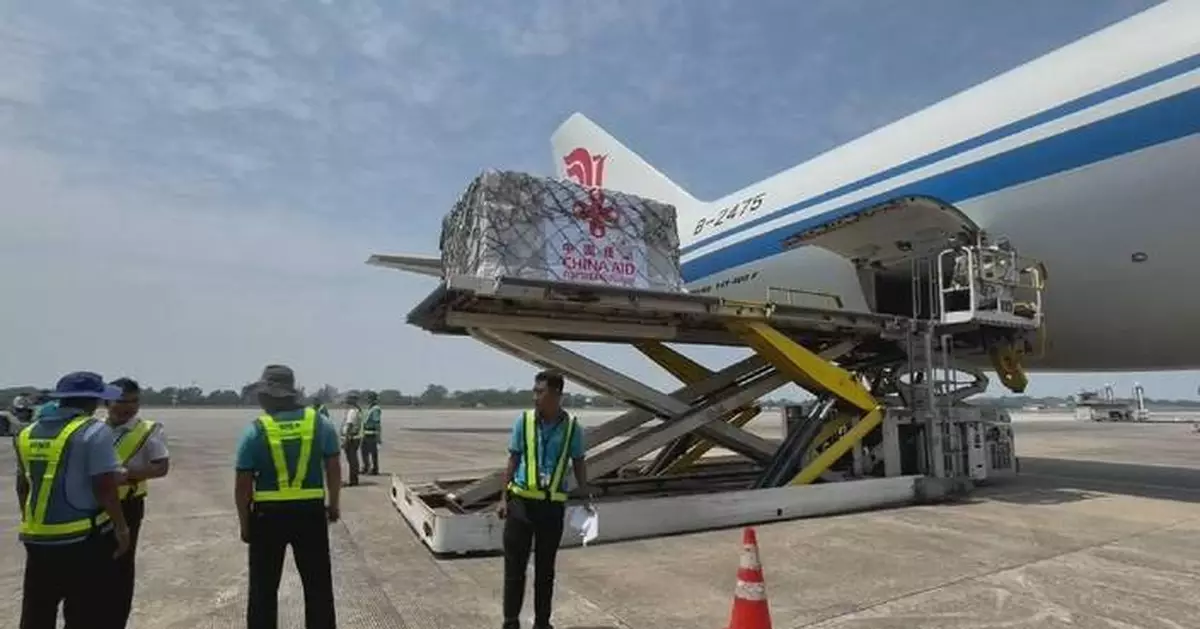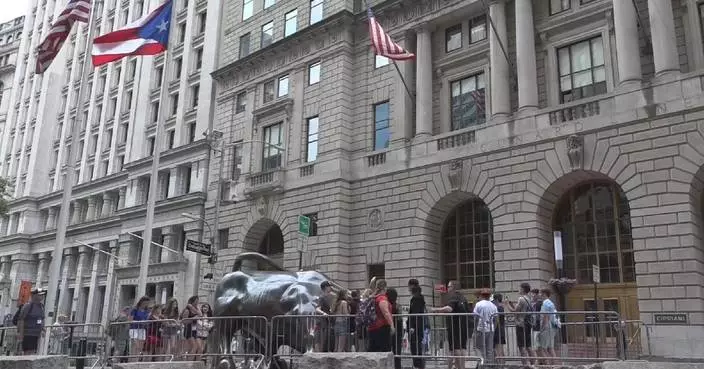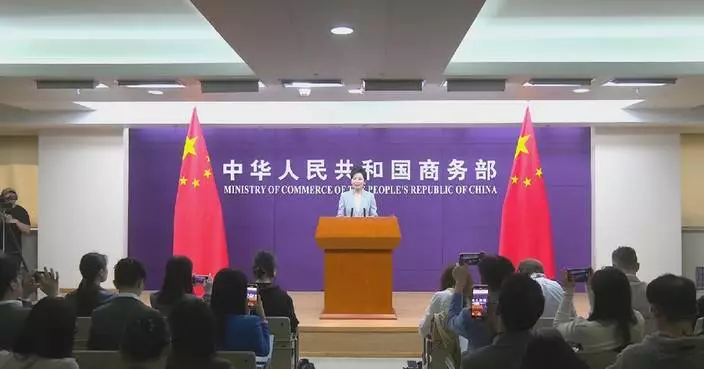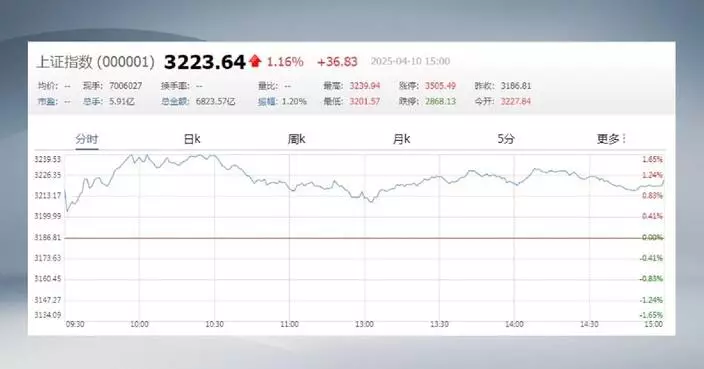China's third batch of emergency humanitarian earthquake relief supplies arrived at Yangon International Airport in Myanmar on Saturday.
The shipment, which landed around midday, includes essential relief items such as mosquito nets, tents, water purifiers, and emergency medical kits. Specifically, this delivery contains 1,048 water purification devices, 10,000 mosquito nets, 15,000 first aid kits, and 400 tents.
The latest shipment follows the earlier deliveries of the first and second batches of Chinese aid, which arrived in Myanmar on March 31 and April 3, respectively.
Following the disastrous 7.9-magnitude earthquake in Myanmar on March 28, multiple Chinese rescue teams have arrived in the disaster-stricken areas, working with local responders around the clock to search for survivors.
The death toll from the earthquake has risen to 3,354, with 4,508 people injured and 220 missing, according to the official media Myanmar Radio and Television on Friday.
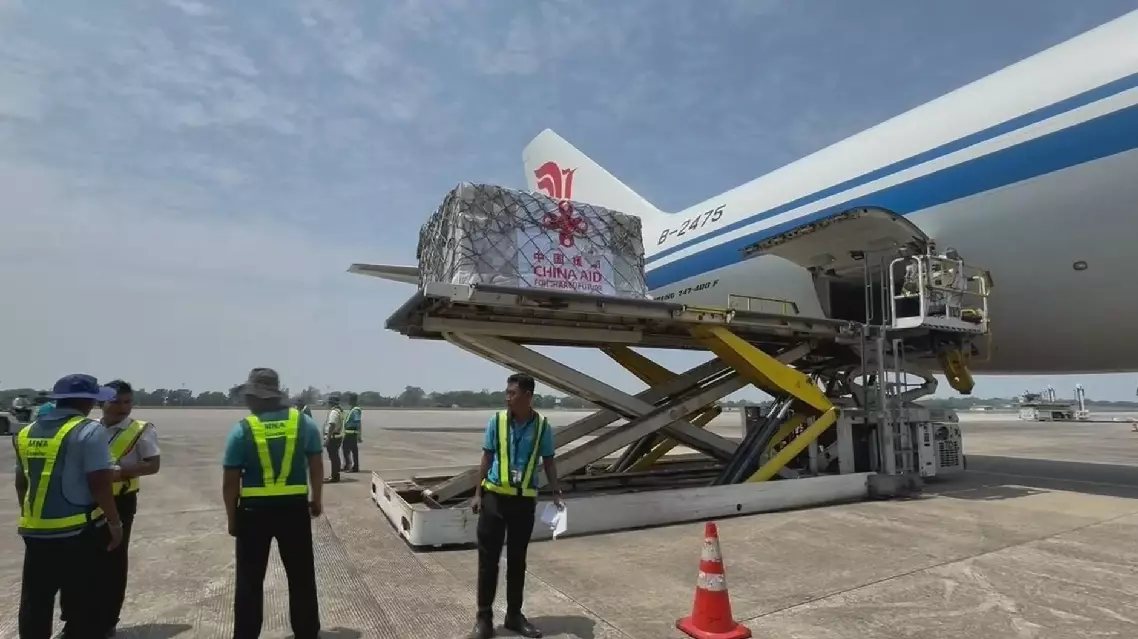
China's 3rd batch of emergency humanitarian aid supplies arrives in Myanmar
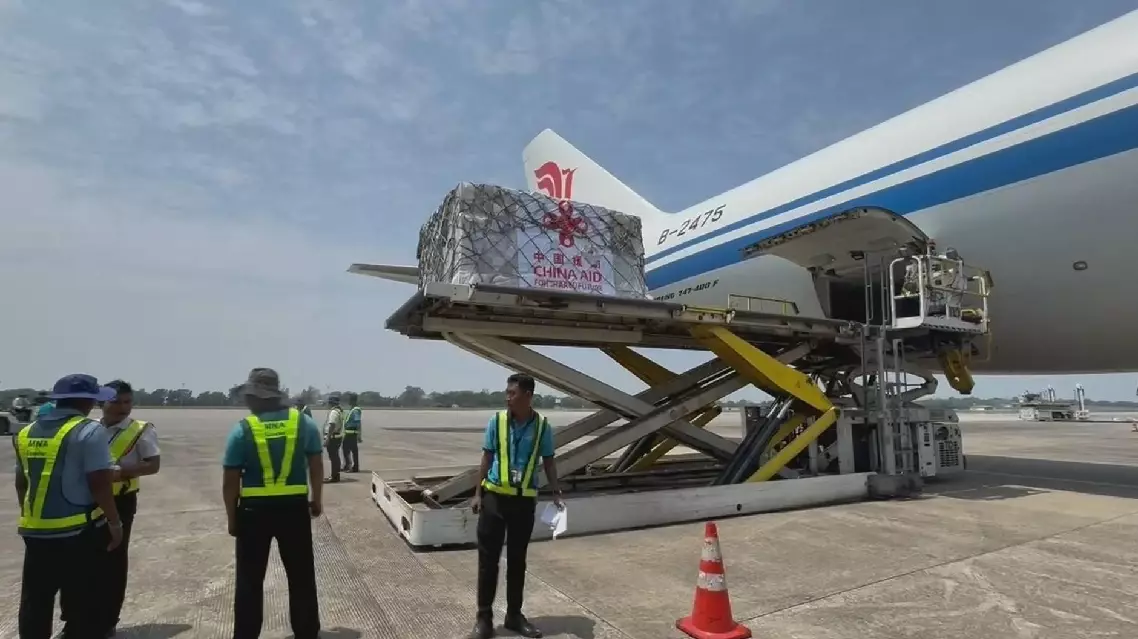
China's 3rd batch of emergency humanitarian aid supplies arrives in Myanmar
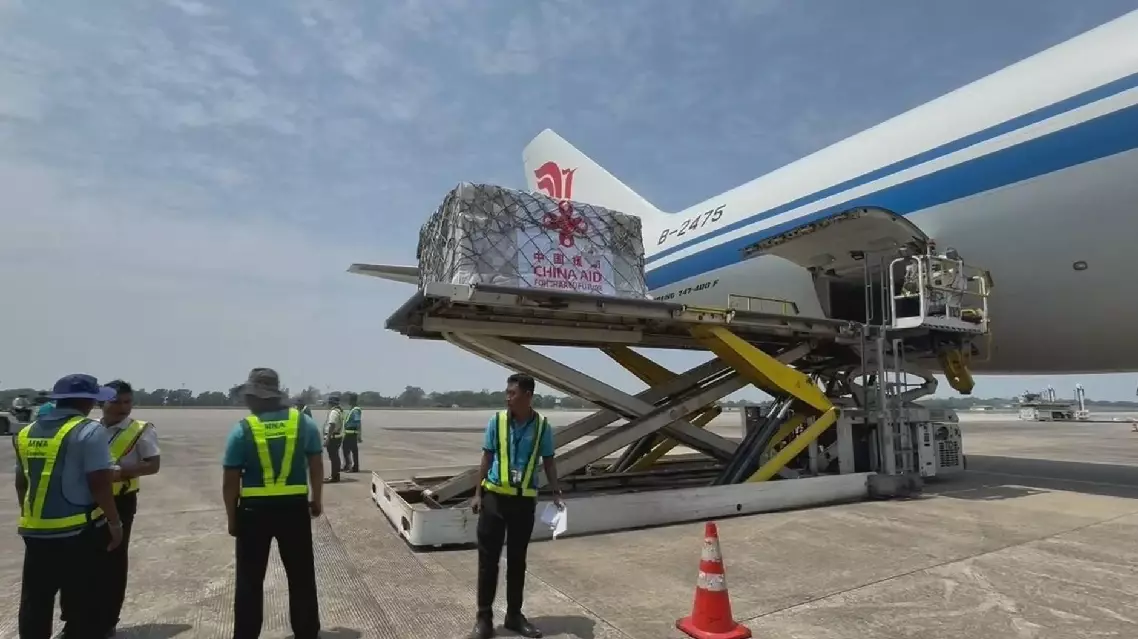
China's 3rd batch of emergency humanitarian aid supplies arrives in Myanmar
China's consumer price index (CPI), a main gauge of inflation, recorded a narrower year-on-year decline in March, while the core CPI, which excludes food and energy, experienced a notable rebound, the National Bureau of Statistics (NBS) announced Thursday.
Statistics issued by the NBS showed that in March, CPI fell by 0.4 percent month-on-month and decreased by 0.1 percent compared to the same period last year, with a significant narrowing of the decline.
This rebound in the core CPI reflects the emerging impact of policies aimed at stimulating consumer demand. Improved dynamics between supply and demand are driving positive price trends, signaling potential stabilization in the market. With warmer weather in March, fresh food products entered the market in abundance, ensuring a plentiful supply. Month-on-month, the prices of fresh vegetables, pork, eggs, and fruits all experienced declines.
As a result of fewer travelers during the tourism off-season, travel-related expenses have declined. Additionally, the continued drop in global oil prices has led to a noticeable month-on-month reduction in domestic gasoline costs.
Meanwhile, trade-in policies for consumer goods are starting to show results, contributing to a broader rise in the prices of industrial consumer goods. Items such as household appliances, gold jewelry, and clothing experienced monthly price increases that surpassed the decade-long average for the same period.
From a year-on-year perspective, the year-on-year decline in the CPI significantly narrowed. In particular, the core CPI, which excludes food and energy prices, saw a notable rebound with a 0.5 percent increase year-on-year.
"With the recovery of real estate market in some popular cities, prices for housing have also stabilized to some extent. Driven by policies aimed at boosting consumption, sales of key products such as smartphones, automobiles, and household appliances have been robust, and prices have recovered," said He Xiaoying, deputy head, analysis and prediction division, Price Monitoring Center, National Development and Reform Commission.

China’s core CPI picks up in March





